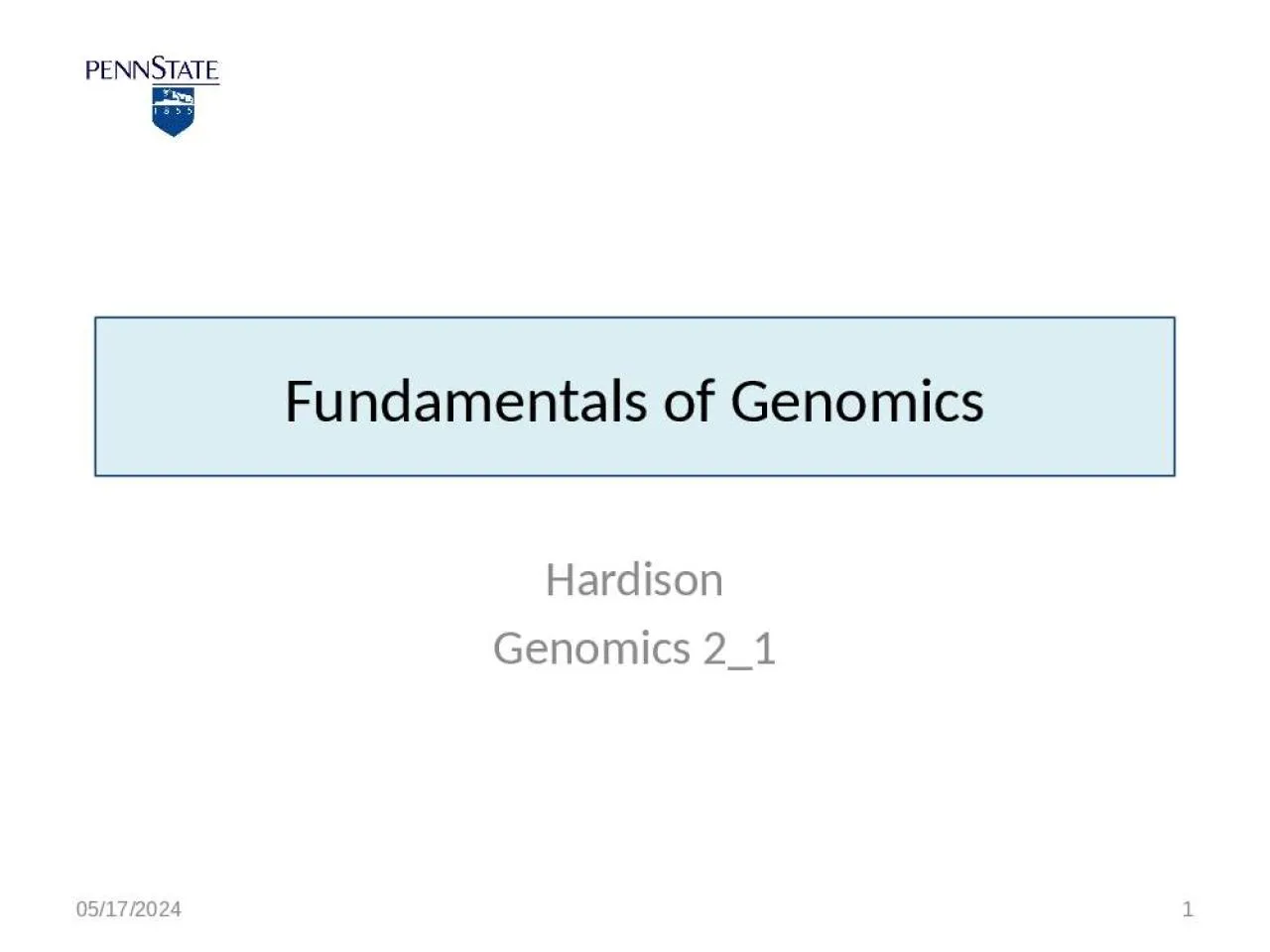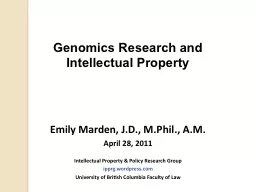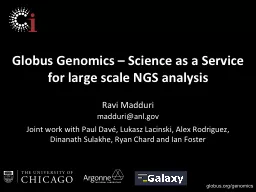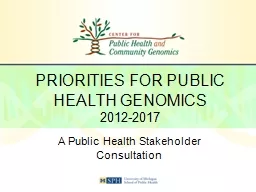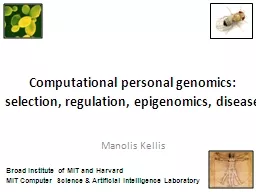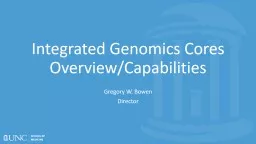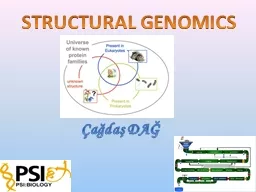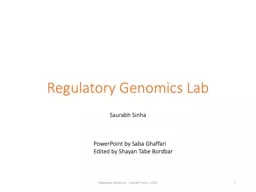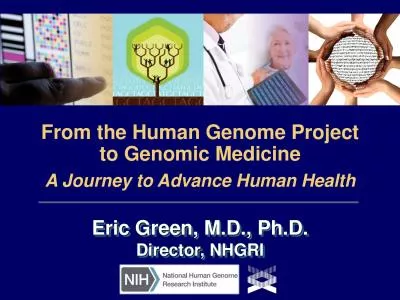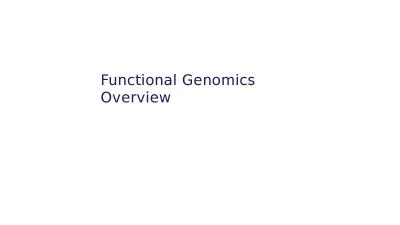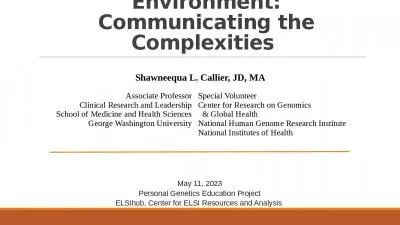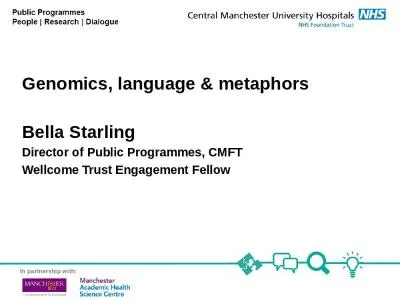PPT-Fundamentals of Genomics
Author : ceila | Published Date : 2022-05-31
Hardison Genomics 21 3115 1 Y Chromosome 3 billion bp 3 Gb Chr1 247 Mb Chr12 132 Mb Chr22 50 Mb A human genome male The genome is all the DNA in a cell All
Presentation Embed Code
Download Presentation
Download Presentation The PPT/PDF document "Fundamentals of Genomics" is the property of its rightful owner. Permission is granted to download and print the materials on this website for personal, non-commercial use only, and to display it on your personal computer provided you do not modify the materials and that you retain all copyright notices contained in the materials. By downloading content from our website, you accept the terms of this agreement.
Fundamentals of Genomics: Transcript
Download Rules Of Document
"Fundamentals of Genomics"The content belongs to its owner. You may download and print it for personal use, without modification, and keep all copyright notices. By downloading, you agree to these terms.
Related Documents

